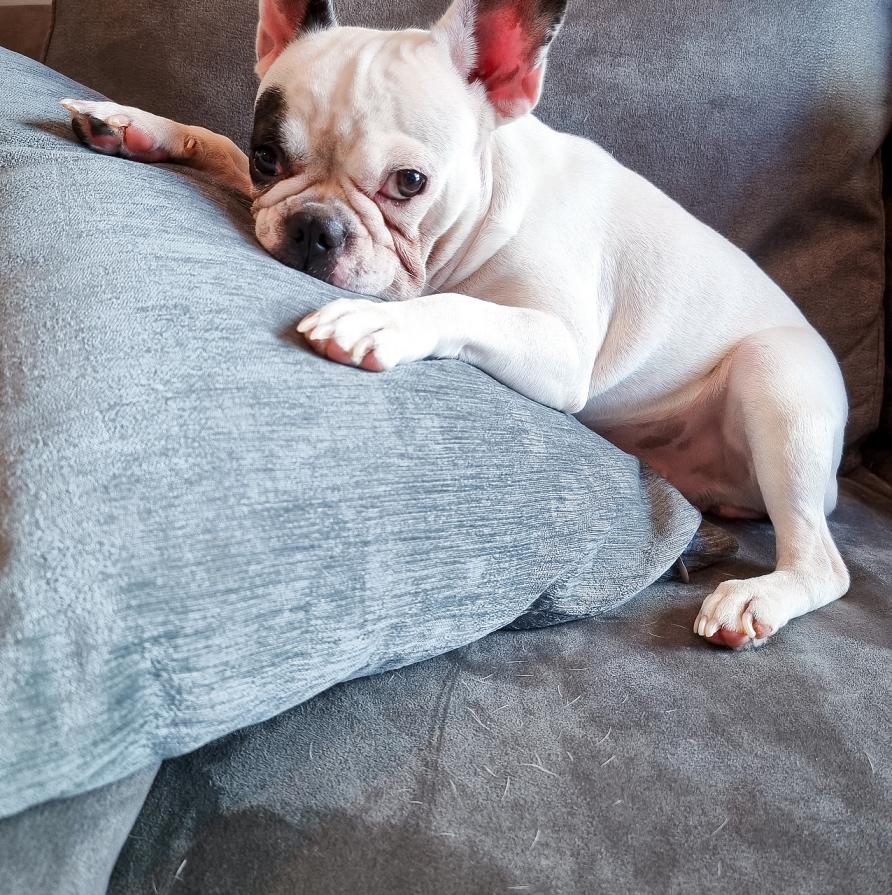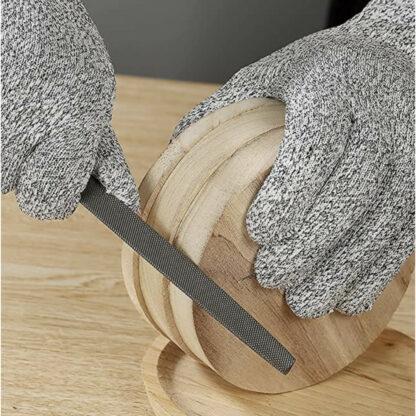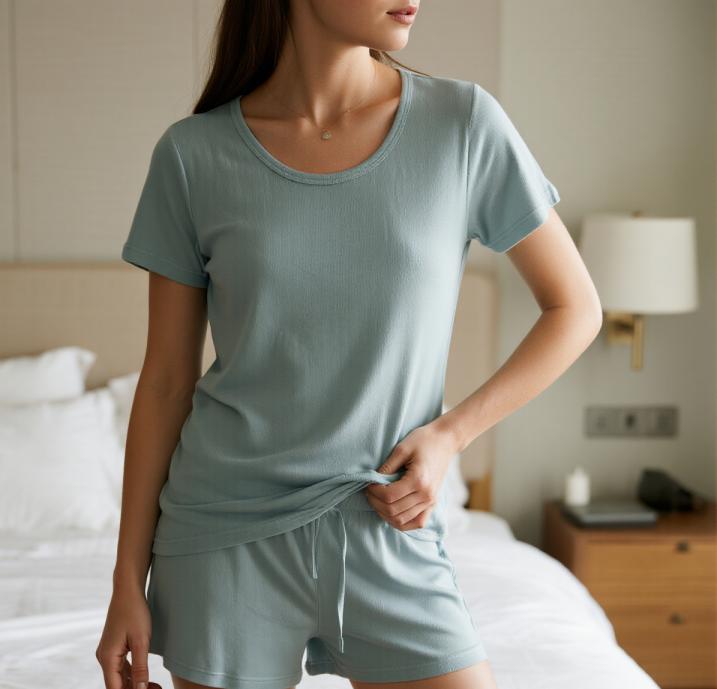How to choose warm yarns?
Many customers often ask me the first time, what are your best warm materials? Frankly speaking, it is difficult to answer the question. First of all, I do not know what the application scenario is, and then I don’t know what the construction of the garment is for instance is it plain or terry or pilling? what other materials are knitted with, and finally the processes of the fabric? Thickness and weight of the fabric? Because there is no absolutely good material in this world, only used just good material. To hold up the functional requirements of a garment with a single yarn is, frankly, very difficult.
Conduction, convection, and radiation are the basic scientific principles for keeping clothing warm.

Conduction
The greater the temperature difference between the inside and outside of the garment, the faster the heat conduction and the more heat loss. It is the best way to keep clothes warm by reducing the thermal conductivity of the outer clothing, improving the air stillness of the warm layer, and slowing the heat loss.
Convection
The stronger the air convection between the clothing and the outside, the lower the thermal performance, which is a technical problem that must be solved in winter clothing. It is realized by fabric windproof treatment and garment structure design.
Radiation
Radiation is a channel through which the body loses heat, and the best solution is reflex. The premise is that the reflective material needs low thermal conductivity, otherwise, the heat conduction is greater than the heat reflection, but accelerates the heat loss.
After considering the above problems from the fabric details, we start with the material factor to solve the problem of how to choose warm materials. We all know that the best insulation materials are wool, feathers, and so on, but So expensive ah! Then there’s acrylic, viscose, which is the next best option, and then there’s polyester, nylon.
Well, since everyone is pursuing the most cost-effective material, polyester is bound to be a relatively good choice compared with other chemical fiber materials, because its thermal conductivity is relatively low. So you can see the current market of warm functional materials, most of them say polyester base material. Then we can choose the functional principle. For outdoor outer clothing, we can use polyester material based on the principle of absorbing light and heating or hollow + infrared. If it is indoor wear such as home clothes, pajamas, or close-fitting clothing, then choose hygroscopic heating or infrared heating principle materials.
Then there are the standards for evaluating thermal materials in the international and domestic markets. You asked me what is the best heating materials, each country’s evaluation standards are really different, so we need to discuss them separately. I will explain in the next article.




